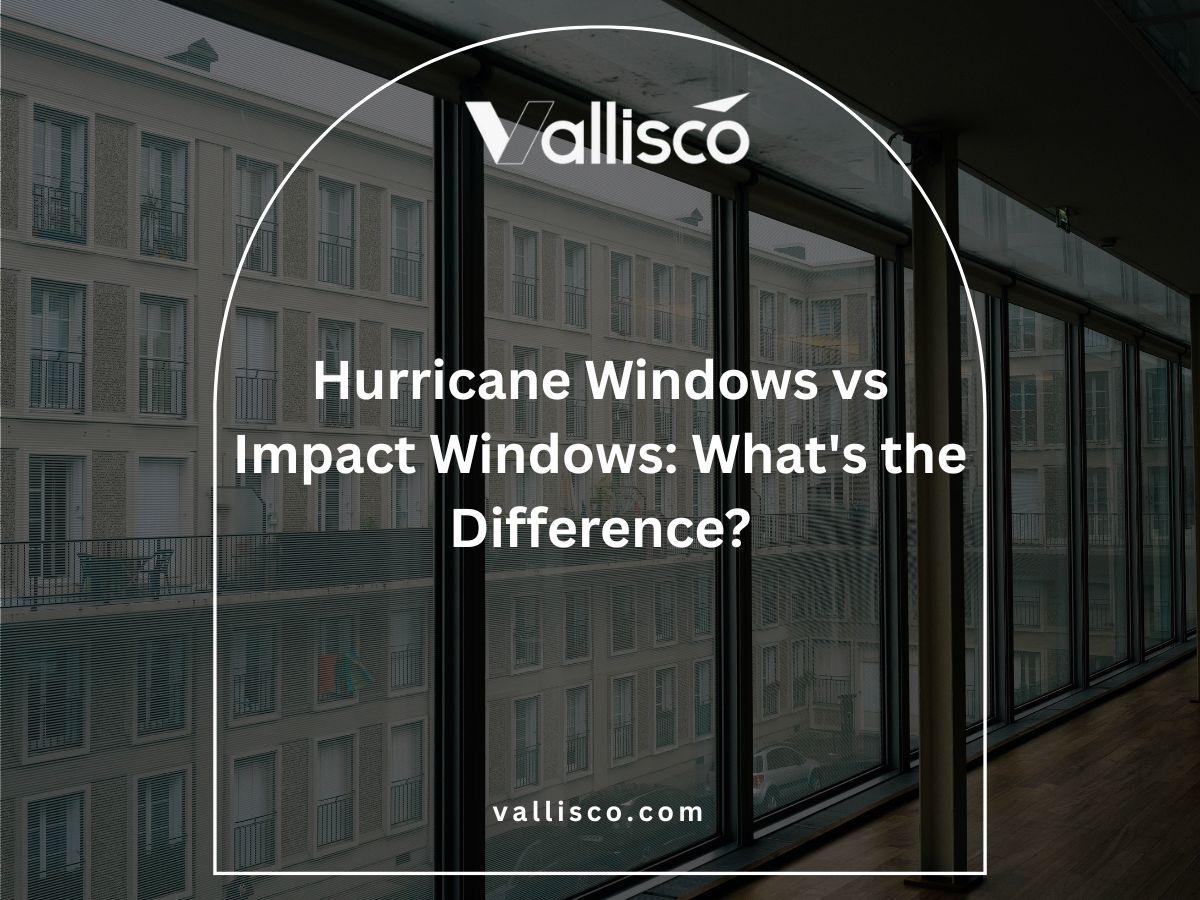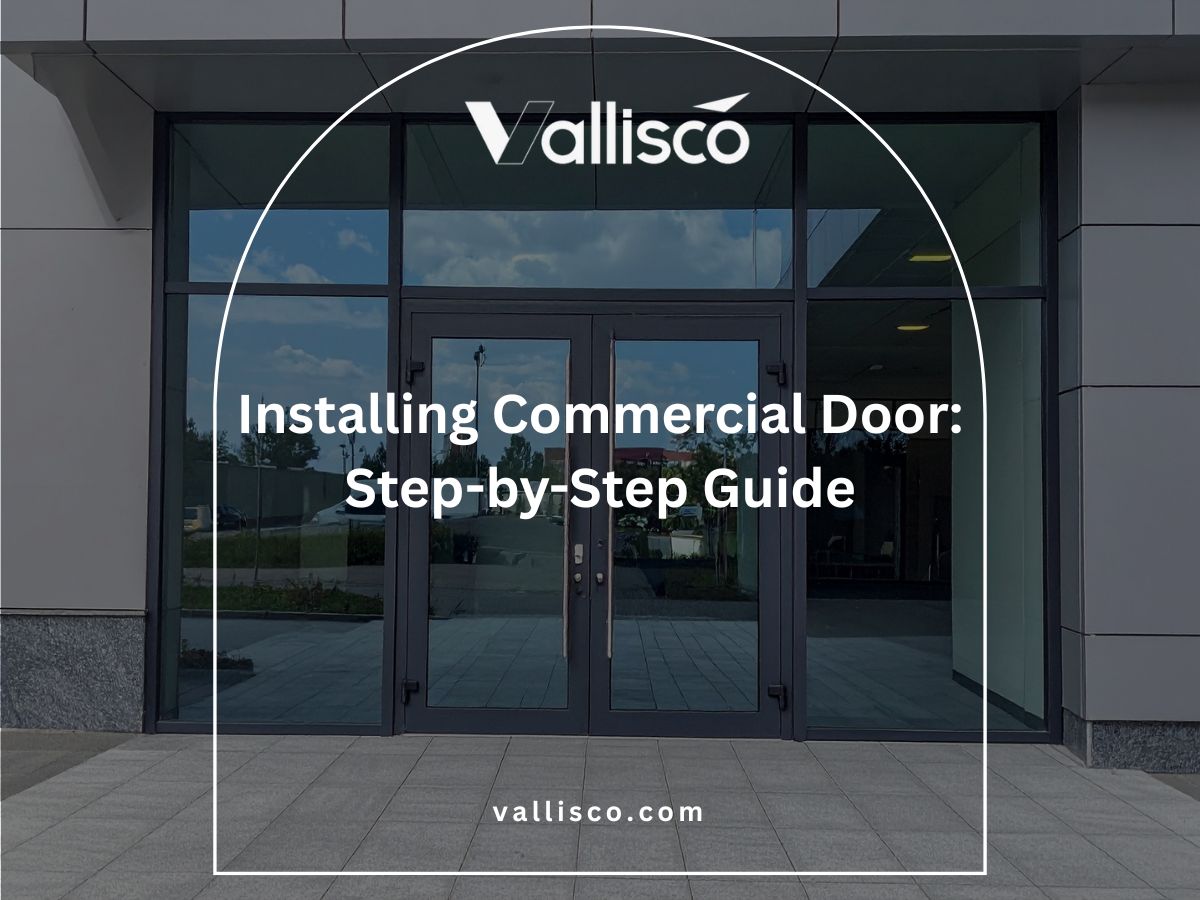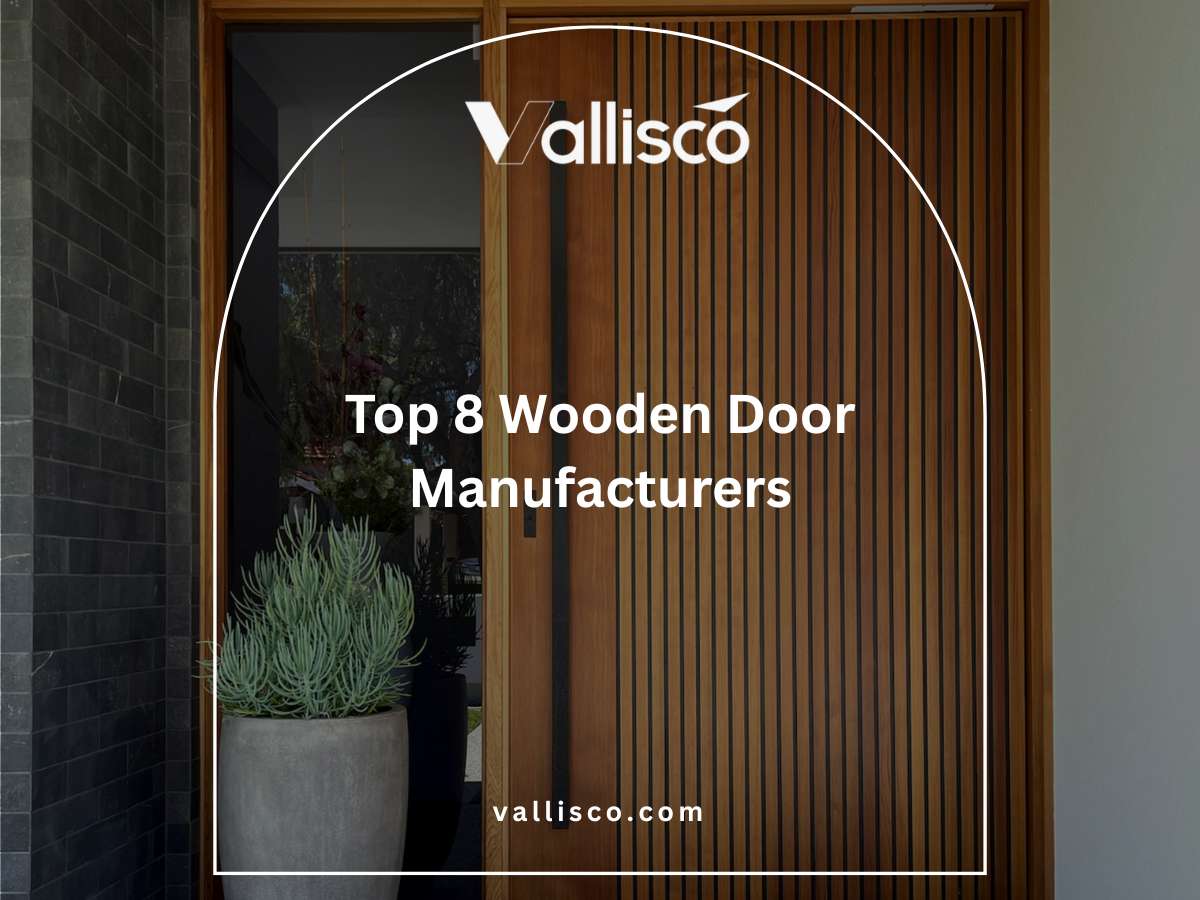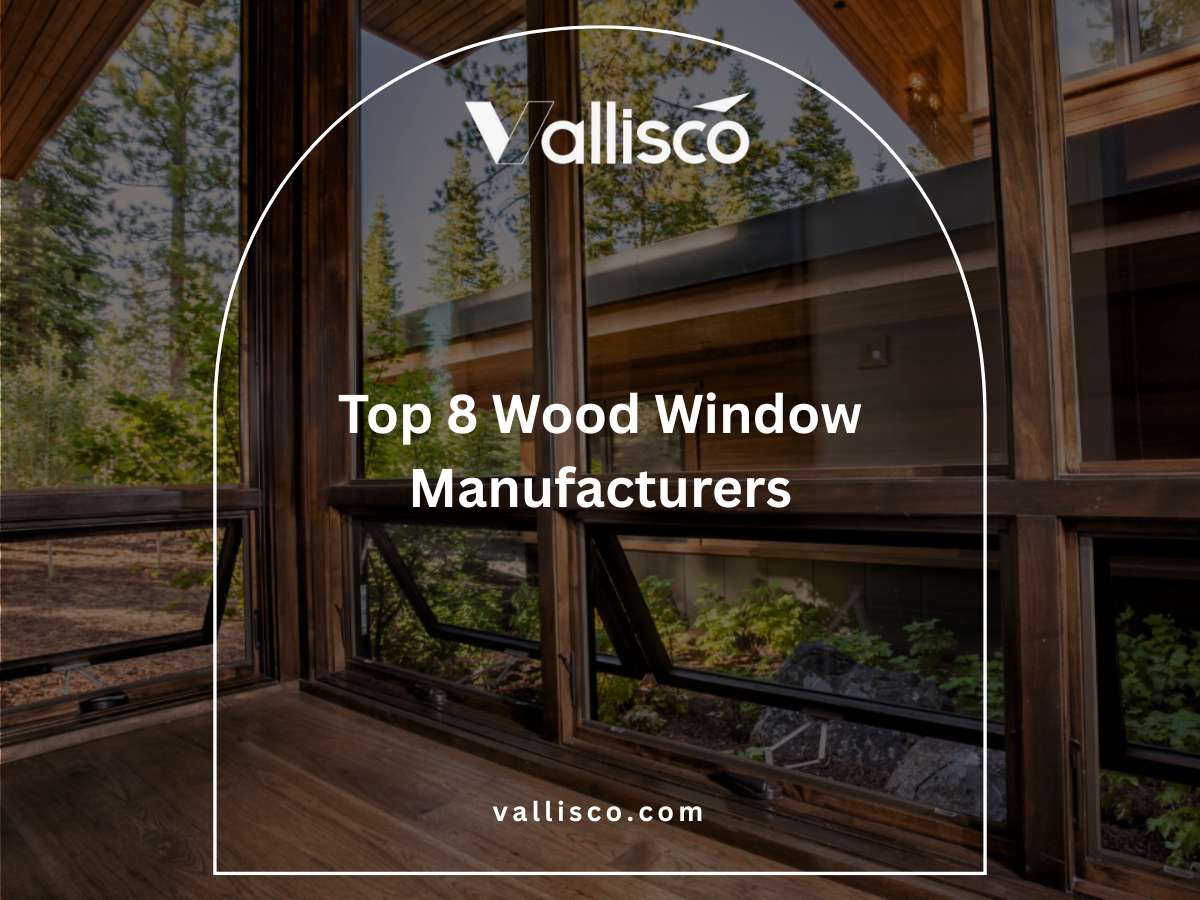Have you ever walked into a finished room and noticed the door blocks the space because it swings the wrong way? It’s a simple mistake that happens more often than most expect.
That’s why choosing the right swing door is a step worth slowing down for before you order or install.
I’ve worked with villas, hotels, and inns where door choices made the difference between smooth operations and constant frustration. You can trust this review because it’s grounded in real project experience.
In this guide, you’ll find a clear breakdown of swing door types and where each one works best. By the end, you’ll know exactly which one fits your project needs.
Choosing the right door gets much easier when the right information is laid out for you.
So, let’s get started!
1. What is Swing Door?
A swing door is the type of door that opens on hinges and moves in one direction, either inward or outward. You see them in hotels, villas, and greenhouses because they’re simple to use and easy to install. I like them because they keep things straightforward. Push or pull, and you’re in.
For your projects, swing doors are often the default choice. They save time in planning because everyone knows how they work. But they also need the right swing direction to avoid blocking walkways or furniture. In my projects, swing doors from Vallisco are often chosen because they’re straightforward, reliable, and familiar to both guests and staff.
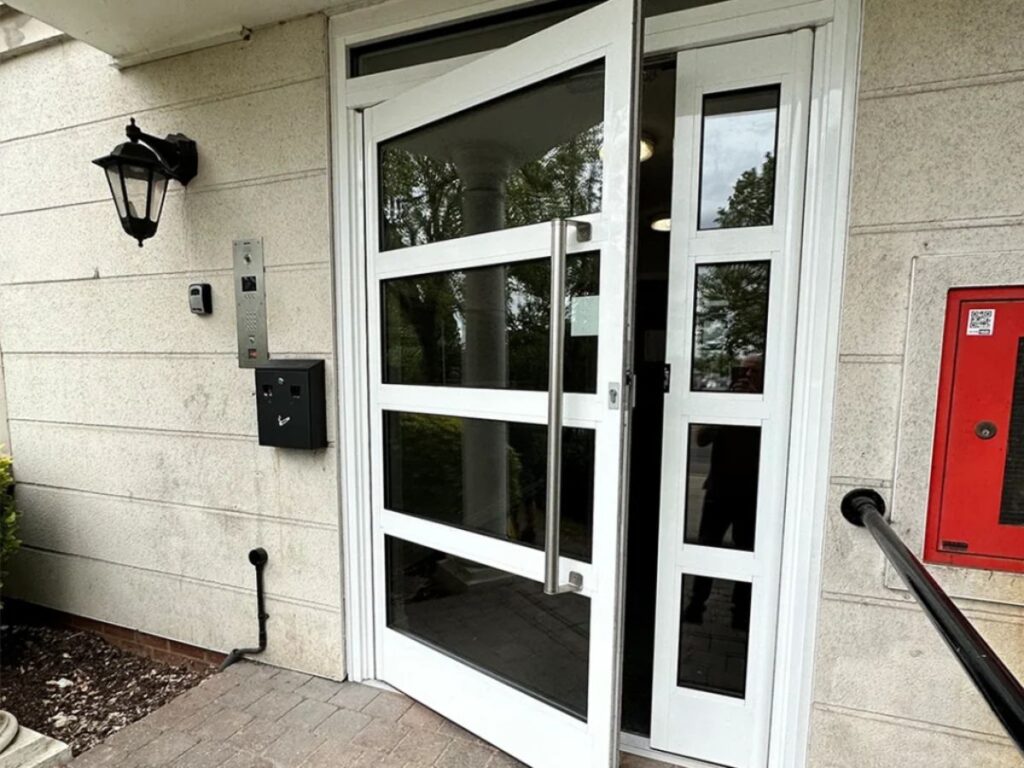
2. Types of Swing Door
Before you choose a door, it helps to know the main types. I’ve seen the same confusion come up on job sites, owners order a door without thinking about how it actually functions in the space. That’s why I always break them down into three simple groups:
Single Swing Door
This is the most common type. It’s one door panel that swings open on hinges in either direction. You’ll find it in hotel rooms, villas, and small offices because it doesn’t need complicated planning. I like single swing doors because they’re easy to install and maintain. For your projects, they work best in smaller spaces where one opening is enough.
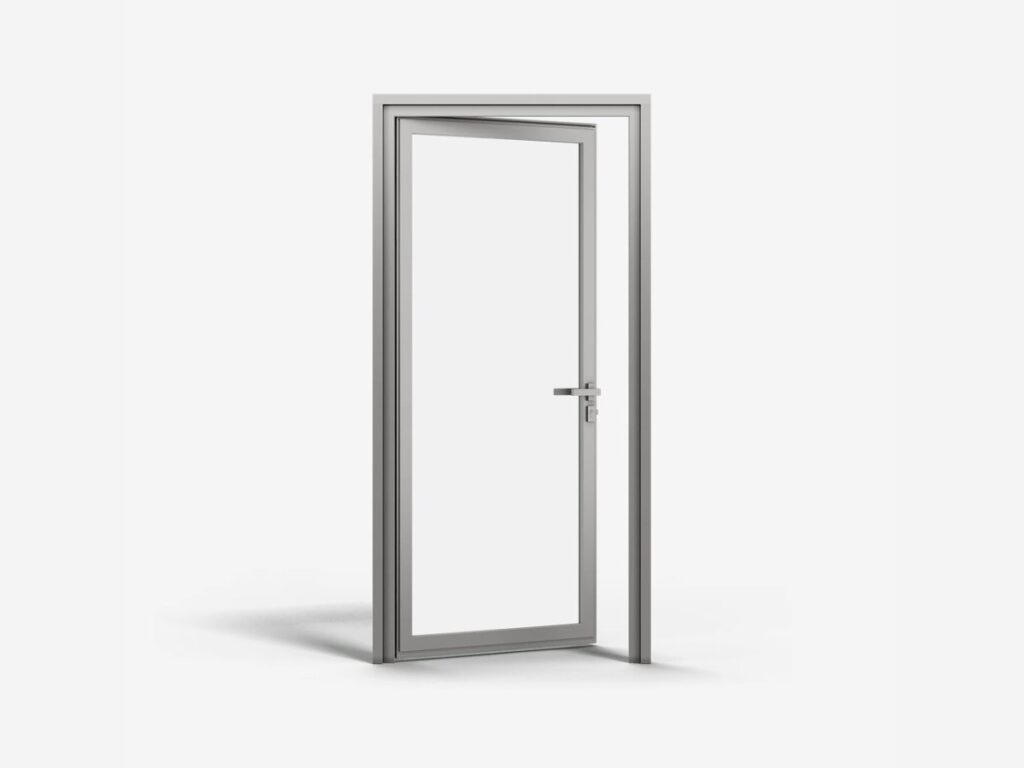
Double Swing Door
A double swing door has two panels that meet in the middle and swing outward or inward. You see these in hotels, B&B entrances, or restaurants where higher foot traffic calls for a wider opening.
I’ve worked on projects where double swing doors made guest flow much smoother, especially in busy areas. If your space expects heavy movement of people or equipment, this type is worth considering.
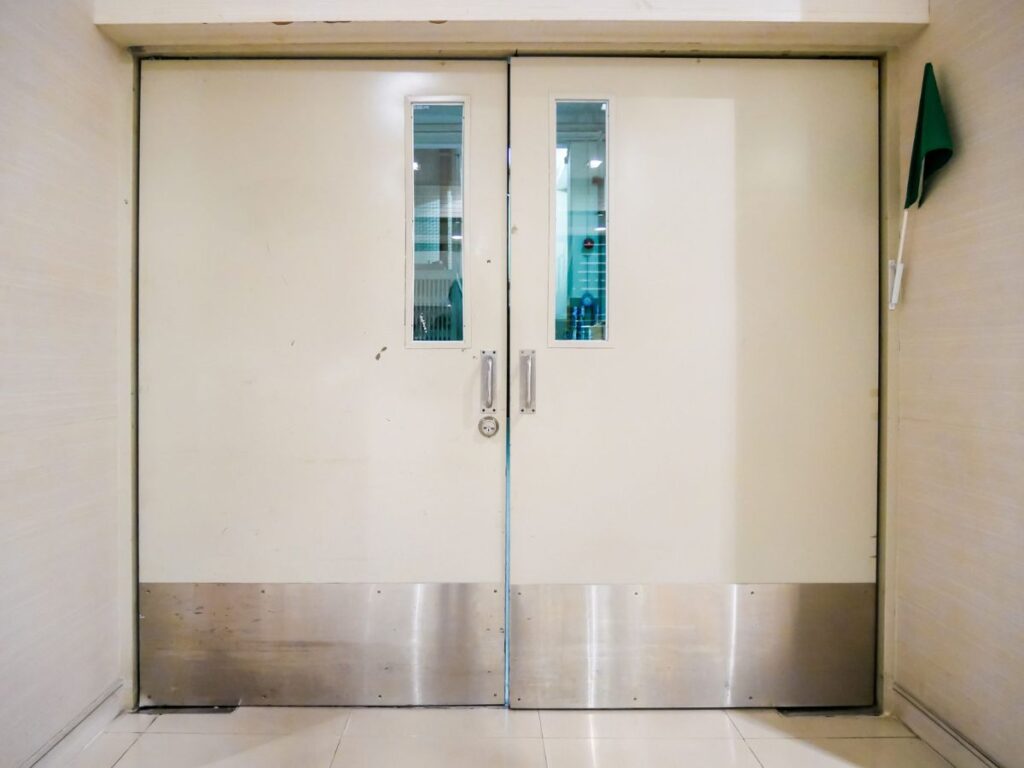
Double-Action Swing Door
This one swings both ways, forward and backward. You’ll often see it in kitchens, service areas, or greenhouses where workers move quickly with their hands full. I’ve seen engineering teams choose these doors to keep operations running smoothly without worrying which side to push.
For your projects, double-action doors make sense in spaces where speed and convenience matter more than appearance. Vallisco’s double-action doors often find their place in kitchens or service corridors, where staff need fast access both ways.
3. Where Each Type Works Best
Sometimes it’s easier to see the differences side by side. I’ve put together a quick table to show you where each type of swing door fits best. This way, you can match the door to your project without second-guessing:
| Type of Swing Door | Best Use Cases | Why It Works Well |
| Single Swing Door | Hotel rooms, villas, small offices, private areas | Simple to install, takes less space, reliable for everyday use |
| Double Swing Door | Hotel entrances, B&B lobbies, restaurants, spaces with heavy guest movement | Wide opening for smoother traffic flow, accommodates groups and equipment easily |
| Double-Action Swing Door | Kitchens, service corridors, greenhouses, staff-only areas | Swings both ways for fast movement, perfect where hands-free access is often needed |
4. Step-by-Step on How To Choose The Right Swing Door
I know from experience that choosing the right swing door isn’t about checking boxes. It’s about asking the right questions so you don’t regret the decision later. Here’s how I usually guide owners and engineers through it.
Step#1 Look at Your Space
Every choice starts with space. If the swing doesn’t fit, nothing else will matter later. Here are a few things I always check first:
- Measure Carefully: Check the clearance so the door won’t block walkways, walls, or furniture. Even a few inches can cause issues.
- Watch Movement Flow: Picture how people move in and out. If the swing slows traffic or blocks equipment, it’s the wrong setup.
- Prevent Delays: Projects often get held up when this step is skipped, and correcting it after installation is costly.
If you’re working with limited space or guest rooms, go inward swing. If it’s a corridor, lobby, or exit, go outward swing.
Step#2 Pick the Right Material
Once the swing works with your space, the next step is material. The right build gives the door both strength and the right appearance. Here are the main options you’ll want to think about:
- Wood or Glass: These work well in villas or hotels where style is important. They create a welcoming look but may need extra care.
- Metal Frames: A practical option in greenhouses or service areas where durability matters more than appearance.
- Match Durability to Use: Think about how much wear and tear the door will face. The right material saves you from future repairs.
f guest experience drives your project, I’d go with wood or glass. If strength and heavy use are your concern, metal is the safer call.
Step#3 Consider Usage Needs
Material is one piece, but how often the door will be used matters just as much. Here are the points that guide this step:
- Traffic Volume: Busy hotel kitchens or service corridors need doors that can take heavy daily use. Guest rooms or private spaces don’t.
- Purpose of the Door: A door for staff-only areas won’t have the same needs as one in a guest-facing space.
- Think Long-Term: Picking based on looks alone can lead to problems later when maintenance demands increase.
If I’m planning for quiet spaces, I stick with single swing doors. If I know staff will be pushing carts or moving quickly, I’d recommend double swing or double-action every time.
Step#4 Think About Style and Design
Once you know the function, design becomes important. A door that clashes with the rest of the building will always stand out. Here are a few details worth considering:
- Match the Building’s Look: A villa or boutique hotel benefits when the door design blends with the architecture.
- Guest Experience: A poorly chosen door makes the space feel unfinished, even if the rest of the build is perfect.
- Details Matter: Style is easier and cheaper to plan early than to fix once everything is installed.
If it’s for guests, I put style high on the list. But if it’s for staff areas, I stay practical, function wins.
Step#5 Balance the Budget
Style often raises the last question, cost. The right swing door should meet today’s budget and still serve you well years down the road. Here’s how I approach the money side of it:
- Don’t Overspend: A simple swing door may work better than an expensive option that doesn’t fit the space.
- Plan for Upkeep: Think about long-term maintenance, not just the purchase price.
- Value Over Price: A balanced choice gives you reliability without draining your budget later.
I always suggest spending where guests will notice and saving where only staff see it. That balance has worked best in the projects I’ve handled.
Walking through these steps helps you make a choice with confidence. A swing door may seem small compared to the rest of the project, but the right one keeps operations smooth and avoids the problems that come with rushed decisions.
5. Considerations When Choosing The Right Swing Door For Your Needs
By now, you probably have a good idea of which swing door might fit your project. But before you lock in the choice, it helps to pause and think through a few final considerations. I always walk clients through these points because they’re the ones that prevent regrets later:
Building Codes and Safety
Local regulations often decide which way doors should swing, especially in public or commercial buildings. I’ve worked on projects where an inward swing looked right but failed safety standards, forcing costly changes.
For your villas, hotels, or greenhouses, compliance isn’t just about passing inspection, it’s about protecting guests and staff. Take time to check codes before finalizing, because safety comes first.
Maintenance and Durability
Even the best-looking door becomes a headache if it wears out too quickly. I like to ask owners how much maintenance they’re willing to handle because some materials need regular care, while others keep working with little attention.
For example, wood might look beautiful in a villa, but it won’t hold up the same way in a humid greenhouse. Think about how often the door will be used and match the choice with how much upkeep you’re ready for.
Guest and Staff Experience
A swing door is something people interact with every day, and that shapes their experience in your space. Guests notice when a door feels heavy, awkward, or out of place. Staff notice when a door slows them down or makes their job harder.
I’ve seen operations run smoother just by picking doors that match the workflow. When you think about your decision, ask yourself how the door will feel to the people using it most.
Conclusion
Remember that moment I shared at the start, when a door swung the wrong way and blocked space? That simple mistake caused big delays.
By now, you’ve seen how space, material, usage, style, and budget guide the right choice. The right swing door isn’t complicated, it’s about making careful decisions early.
If you take these steps, you’ll save time, avoid frustration, and keep your project moving.
Contact Vallisco today and let’s bring your project to life!
Explore Related Resources
Want to see more? We’ve gathered additional product choices to give you even more variety:
Still haven’t found what you’re looking for? Don’t hesitate to contact us. We’re available around the clock to assist you.


